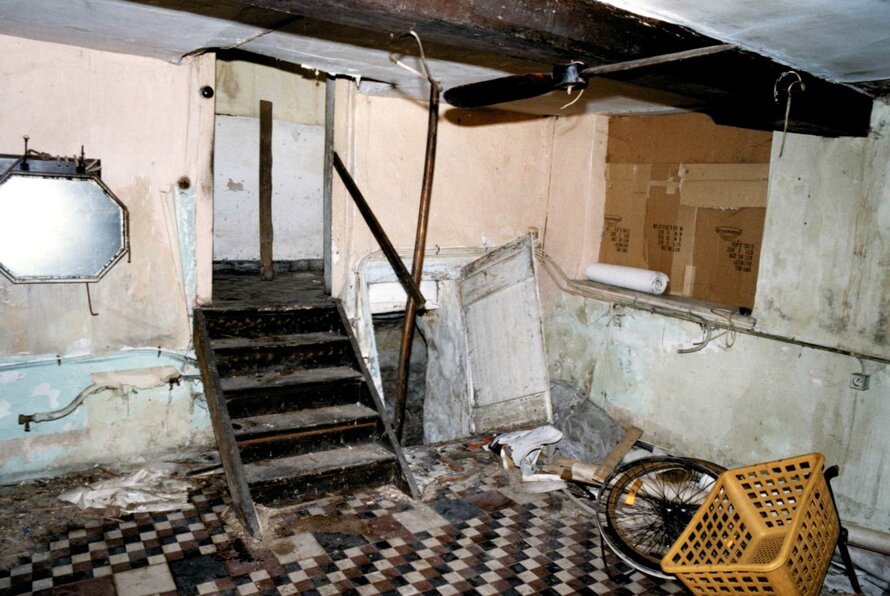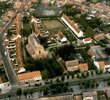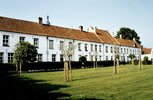Restoration of Hoogstraten Beguinage
ln 1992, Hoogstraten's Beguinage, which we now know to be a unique example of 17th Century architecture, was not much more than a ruin. When various restoration proposals proved not to be feasible, some people suggested that the monument should be demolished. Then Het Convent, an ...
Read more
Project details
| Title: | Restoration of Hoogstraten Beguinage |
|---|---|
| Entr. year: | 1999 |
| Result: | Medal |
| Country: | Belgium |
| Town: | Hoogstraten (Province of Antwerp) |
| Category type: | architectural heritage |
| Notes: | Thirteen Flemish Beguinages including Hoogstraten have been listed by UNESCO as World Heritage Sites since 1998. |
| Building type/ Project type: | residential building |
| Former use: | Dwelling houses |
| Actual use: | Three dwellings house an exhibition area and meeting rooms, all other houses may only be used as homes |
| Built: | 16th-17th century |
| Architect / Proj.leader: | Herman Adriaensens, Architect (Hoogstraten - BE) |
| The Jury's citation: | For the excellent restoration, employing the highest Ievel of technical expertise, of the badly neglected 'beguinage dwellings' by private initiative, made possible by the imaginative creation of special leaseholds. |
| GPS: | 51°14'0.9" N; 5°48'43.2" E |
| Web, Links: | www.hoogstraten.be |
Description:
ln 1992, Hoogstraten's Beguinage, which we now know to be a unique example of 17th Century architecture, was not much more than a ruin. When various restoration proposals proved not to be feasible, some people suggested that the monument should be demolished. Then Het Convent, an association of Hoogstraten residents, took the initiative and restored the Beguinage itsetf. The 34 members restored one dwelling each, and worked together on the communal areas of the Beguinage. Owing to the formula adopted and the results achieved, this restoration work represents a pilot project and a blueprint for other problem monuments in Belgium and the rest of Europe for the Monuments and Landscapes Administration.
Similar projects
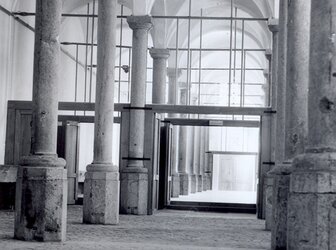
12th-18th century

1927 - 1928
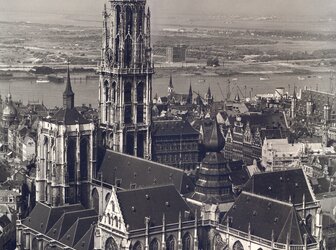
14th-16th century
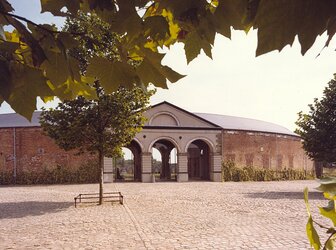
19th century
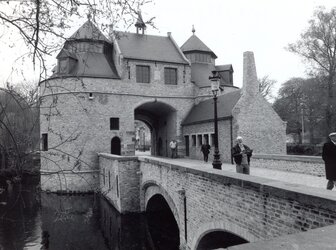
14th century
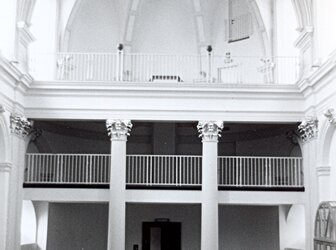
17th century
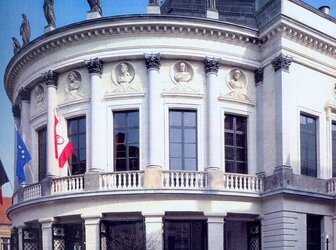
19th century
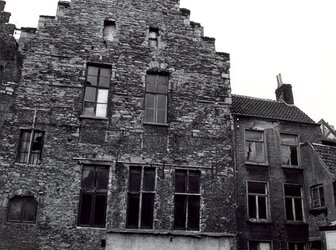

19th century
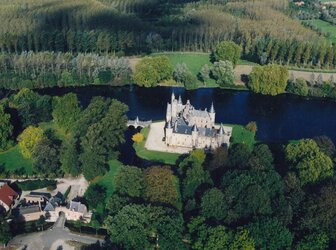
19th century
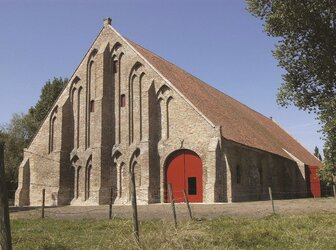
13th century
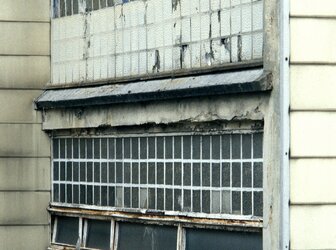
1930s
